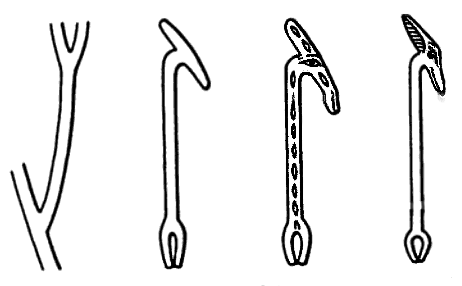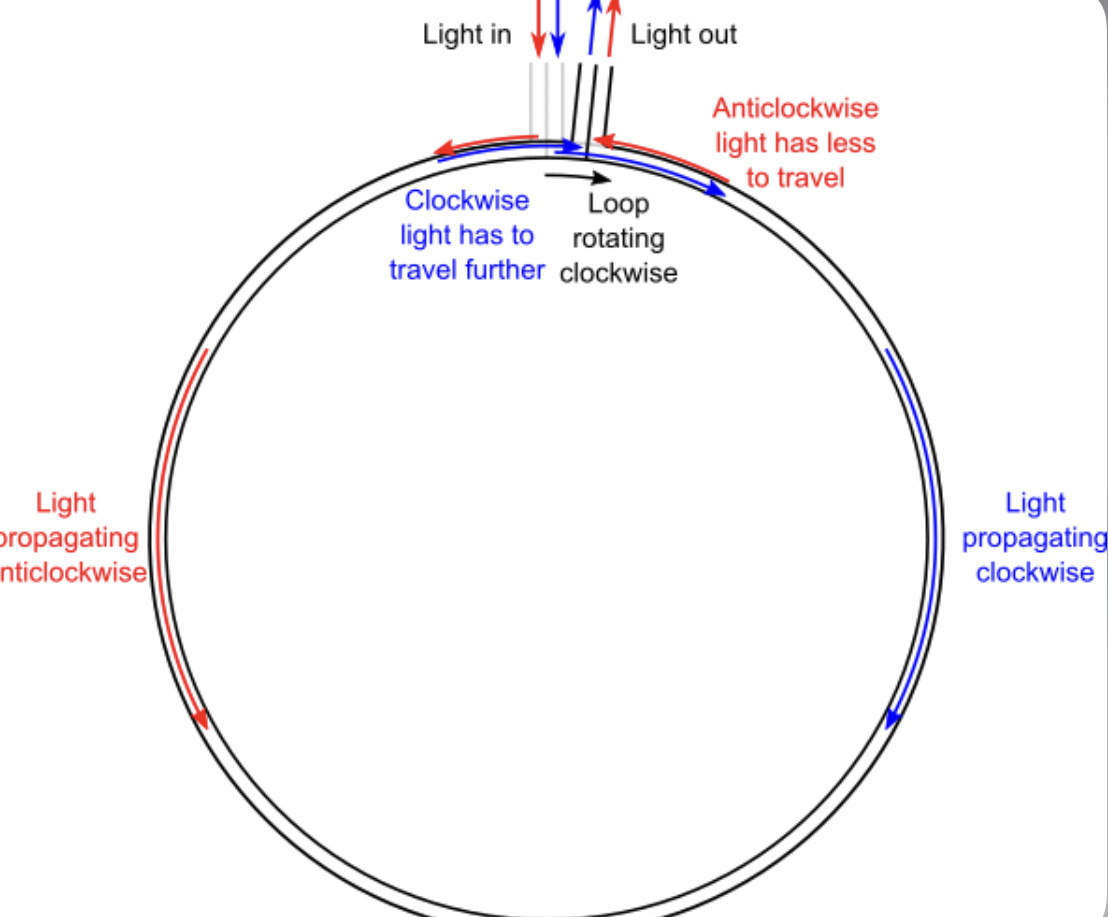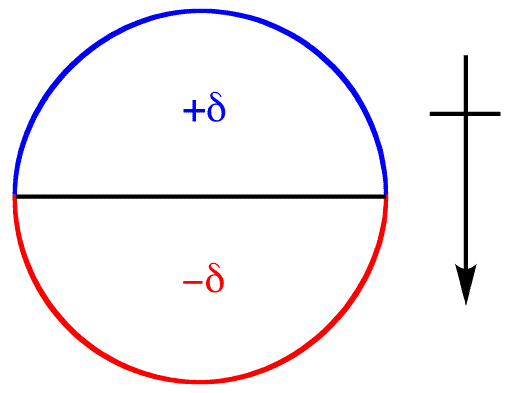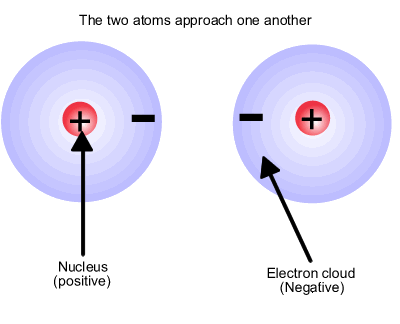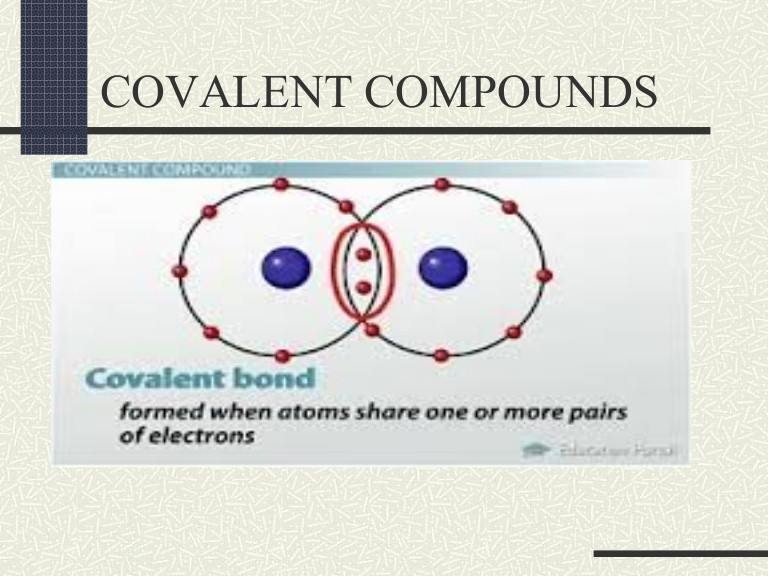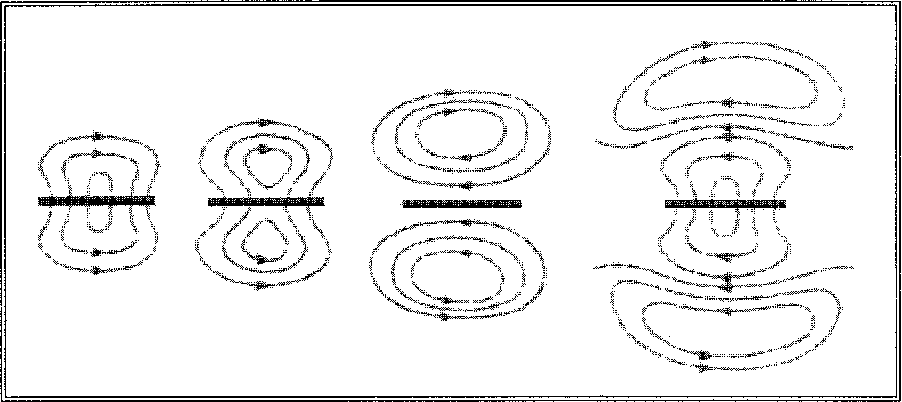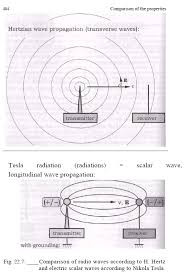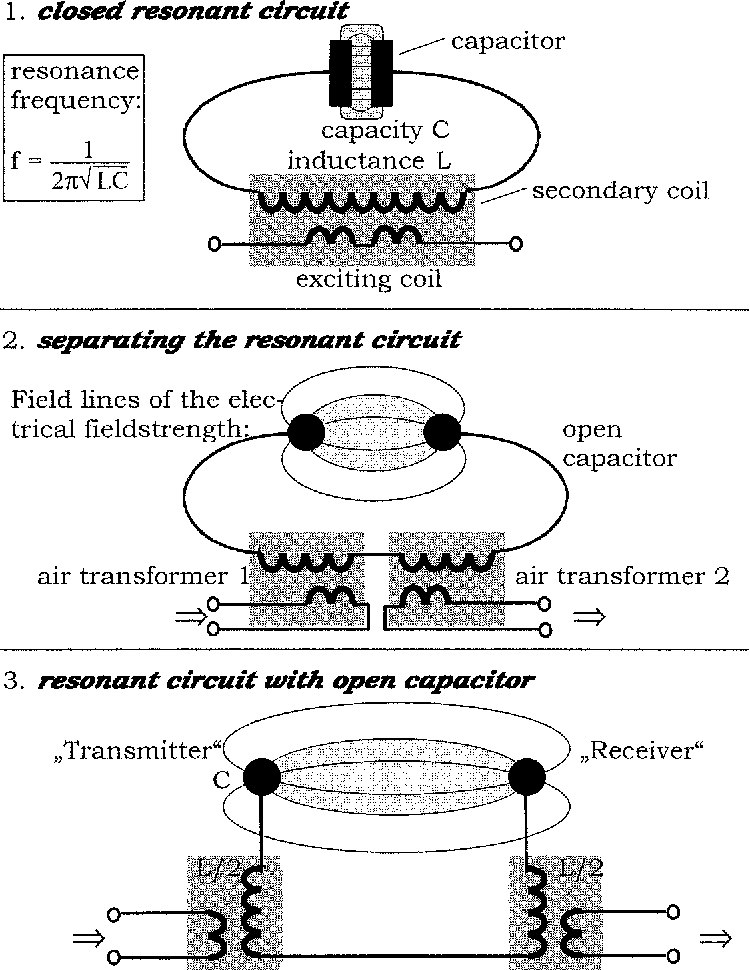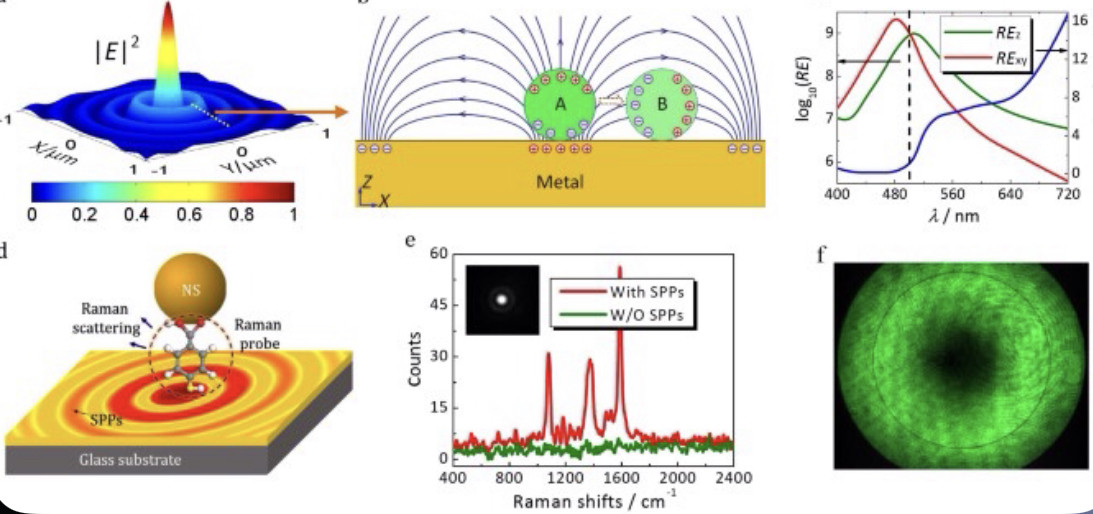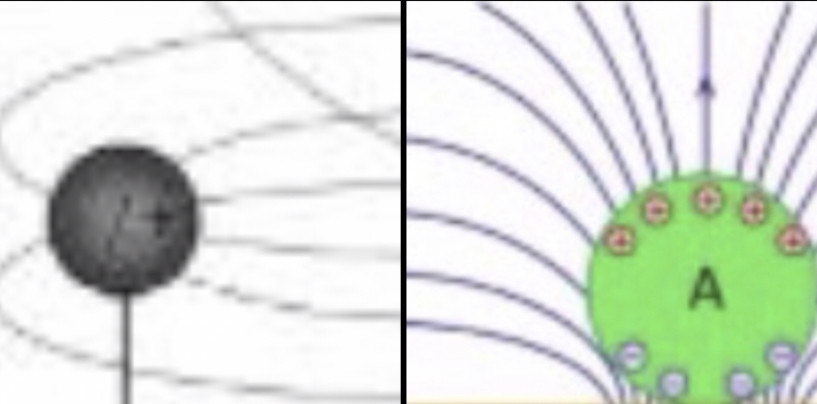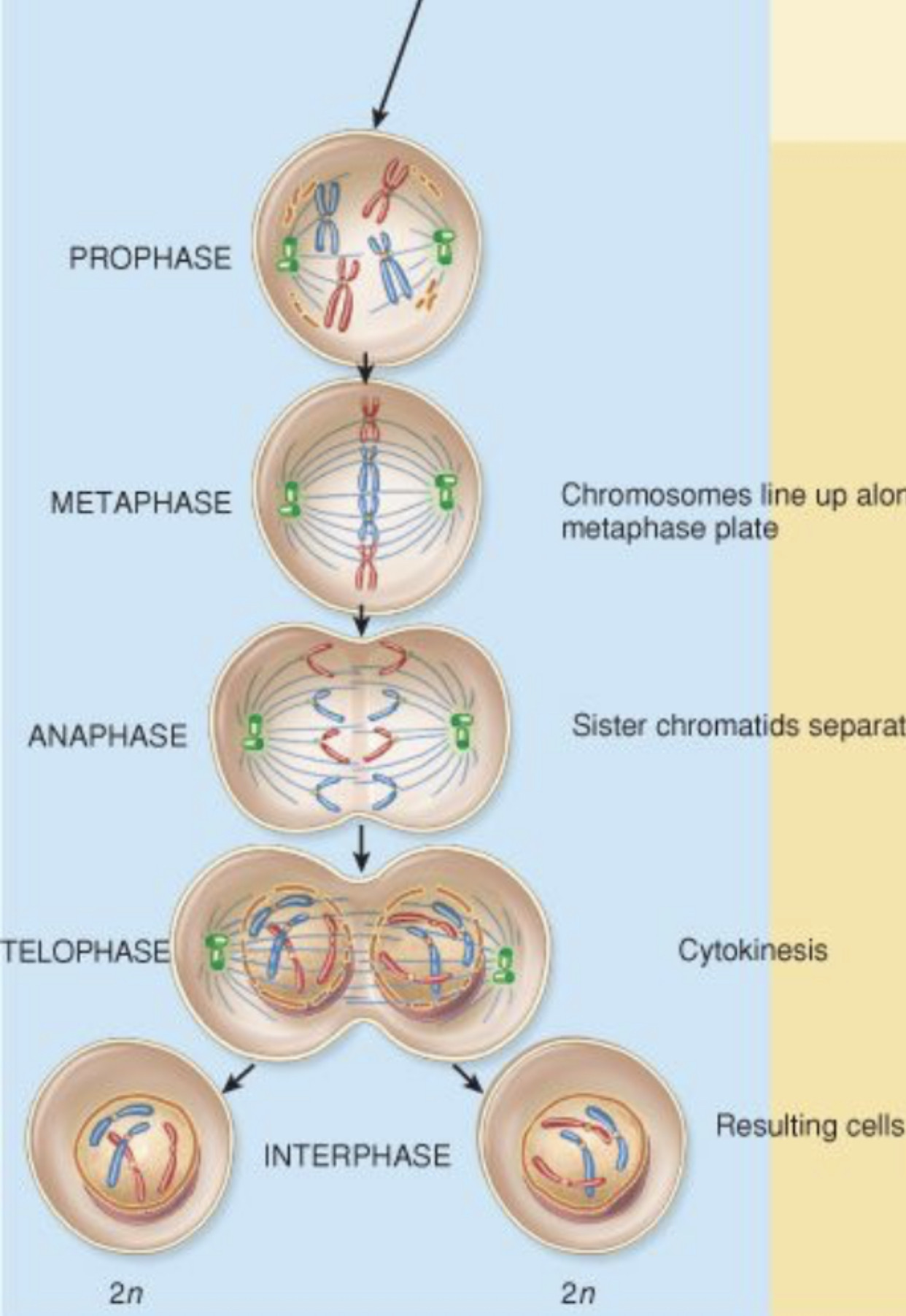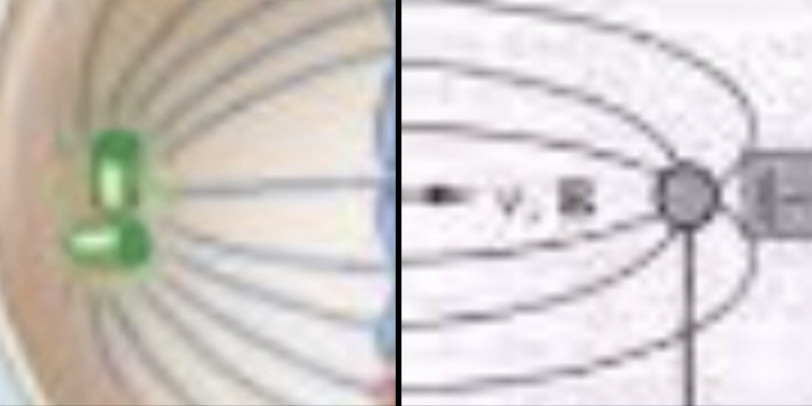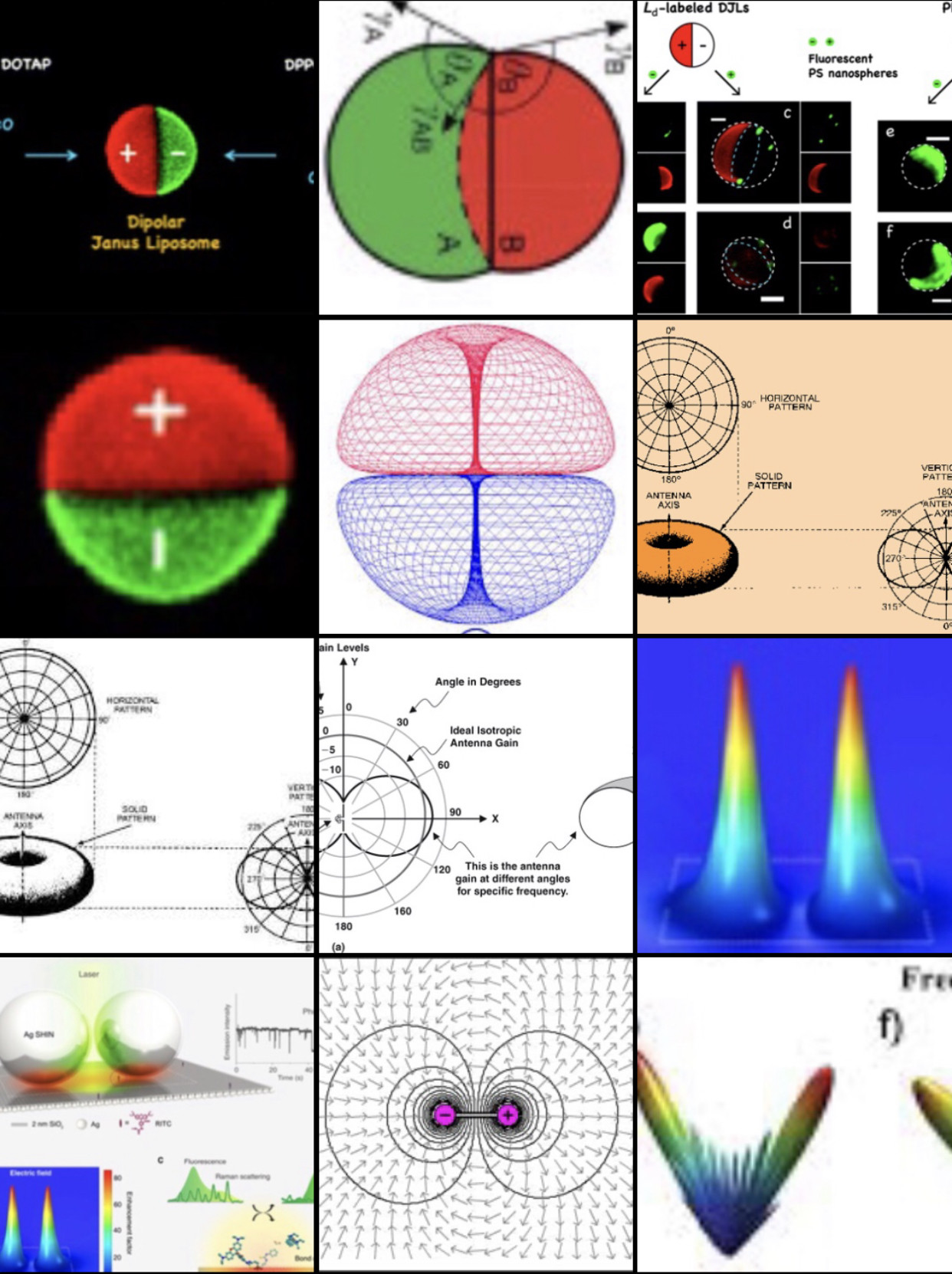Cell division is the process by which a parent cell divides into two or more daughter cells. Cell division usually occurs as part of a larger cell cycle.
The Light of God lives in our hearts. Love, work, and knowledge are the wellsprings of the life He gives us; they should also govern it.
This work is focused on the preparation of a multifunctional compound consisting of silver nanoparticles (AgNPs) embedded in a matrix of amorphous carbon previously loaded with Fe3C magnetic particles. The objective is to use the antibacterial properties of the AgNPs for environmental purposes, in such a way that the AgNPs can be recovered by physical means (magnetic separation).
The synthesis method was direct from ferrocene, silver nitrate and polyethylene glycol placed in a reaction tube and pyrolyzed by a plasma produced under vacuum conditions. For this, a conventional microwave oven was used. The compound obtained is a black powder, with similar consistency to graphite, but it responds strongly to the application of magnetic fields.
The material was thoroughly characterized by X-ray photoelectron, energy-dispersive X-ray spectroscopies; transmission and scanning electron microscopies; X-ray diffraction, as well magnetic characterizations using a vibrating sample magnetometer. The material showed a homogeneous dispersion of metal particles in the carbon matrix. We conclude that the combination of magnetic and antibacterial properties makes this material interesting for several applications through the use of magnetic separation protocols.
Magnetic separation is the process of separating components of mixtures by using magnets to attract magnetic materials. The process that is used for magnetic separation detaches non-magnetic material with those that are magnetic.
This technique is useful for not all, but few minerals such as Ferromagnetism/ferromagnetic (materials strongly affected by magnetic fields) and paramagnetic (materials that are less affected) but the effect is A large diversity of mechanical means are used to separate magnetic materials. During magnetic separation, magnets are situated inside two separator drums which bear liquids. Due to the magnets, magnetic particles are being drifted by the movement of the drums. This can create a magnetic concentrate (e.g. an ore concentrate)
A colloid is a mixture in which one substance of microscopically dispersed insoluble particles are suspended throughout another substance. However, some definitions specify that the particles must be dispersed in a liquid, and others extend the definition to include substances like aerosols and gels.
Nanoscale ferro-magnetic particles are typically superparamagnetic, hence they can be readily attracted by an external magnet but do not remain permanently magnetized after the field is removed (Baig and Varma, 2013).
Sunscreen formulations based on titanium dioxide nanoparticles are continually being advanced because of their superior UV blocking capabilities by either light absorption or scattering (Shi et al., 2012).
Visible light absorption of plasmonic Au nanoparticles supported on semiconductor TiO2 leads to injection of their photoactivated “hot electrons (ehot−)” into the TiO2 conduction band. This charge separation facilitates several oxidation and reduction reactions. These plasmonic systems, however, suffer from low quantum yields because the Schottky barrier created at the Au–TiO2 interface suppresses ehot− injection.
Here we report that Au nanoparticles supported on the anatase particles isolated from Degussa (Evonik) P25 TiO2 promote ehot− injection with much higher efficiency than those supported on other commercially-available TiO2 and catalyze aerobic oxidation with very high quantum yield (7.7% at 550 nm). Photoelectrochemical and spectroscopic analysis revealed that the number of Ti4+ atoms located at the Au–TiO2 interface is the crucial factor.
These Ti4+ atoms neutralize the negative charge of the Au particles and create a Schottky barrier with narrower depletion layer. This facilitates efficient ehot− injection by “quantum tunneling” through the Schottky barrier without overbarrier energy. The ehot− injection depends on several factors, and loading of 2 wt% Au particles with 3.5–4 nm diameters at around room temperature exhibits the highest activity of plasmonic photocatalysis.
photoreceptor
/ˈfəʊtəʊrɪˌsɛptə/
noun
a structure in a living organism, especially a sensory cell or sense organ, that responds to light falling on it.
There are currently three known types of photoreceptor cells in mammalian eyes: rods, cones, and intrinsically photosensitive retinal ganglion cells. The two classic photoreceptor cells are rods and cones, each contributing information used by the visual system to form a representation of the visual world, sight.
US8725266B2 - Method for stimulating retinal response using photoactive devices - Google Patents
An improved method for stimulating electrical activity in an eye is provided. Provided is a technique for implanting small, nanometer-sized photoactive devices into an eye to improve electrical activity within an eye or mitigate degradation of electrical response in damaged eyes.
https://patents.google.com/patent/US8725266B2/en
Thus, infectious virus clearance within the liver and the retina was associated with apoptosis.
https://iovs.arvojournals.org/article.aspx?articleid=2123599

